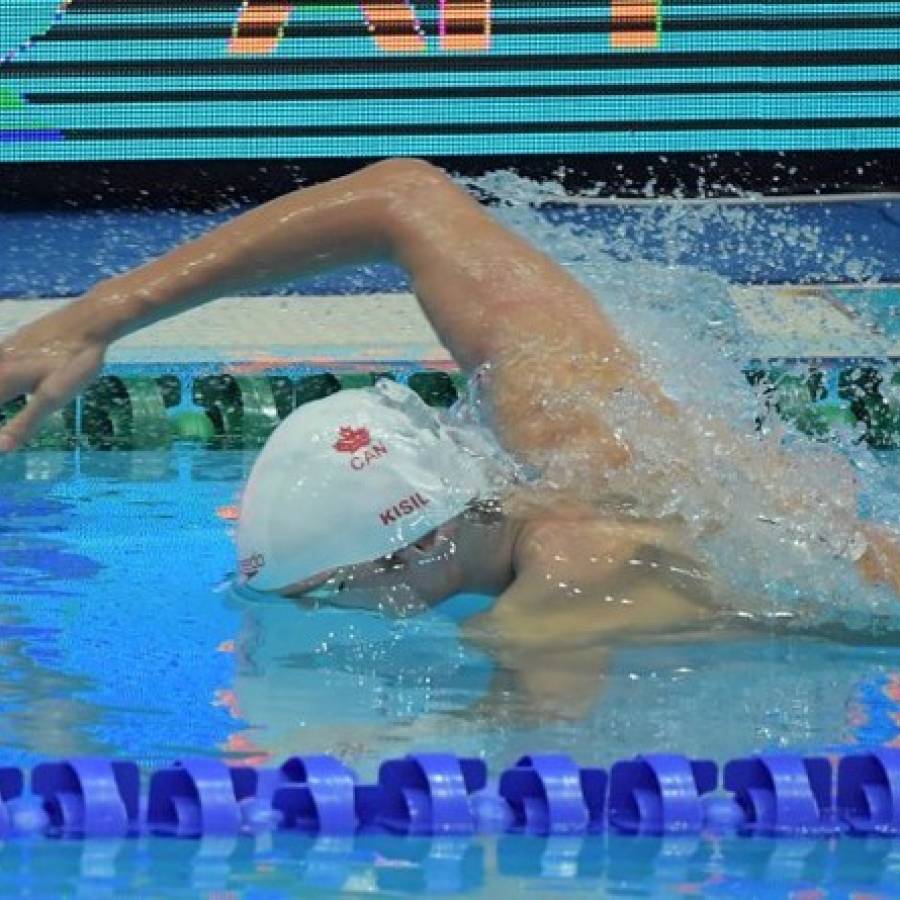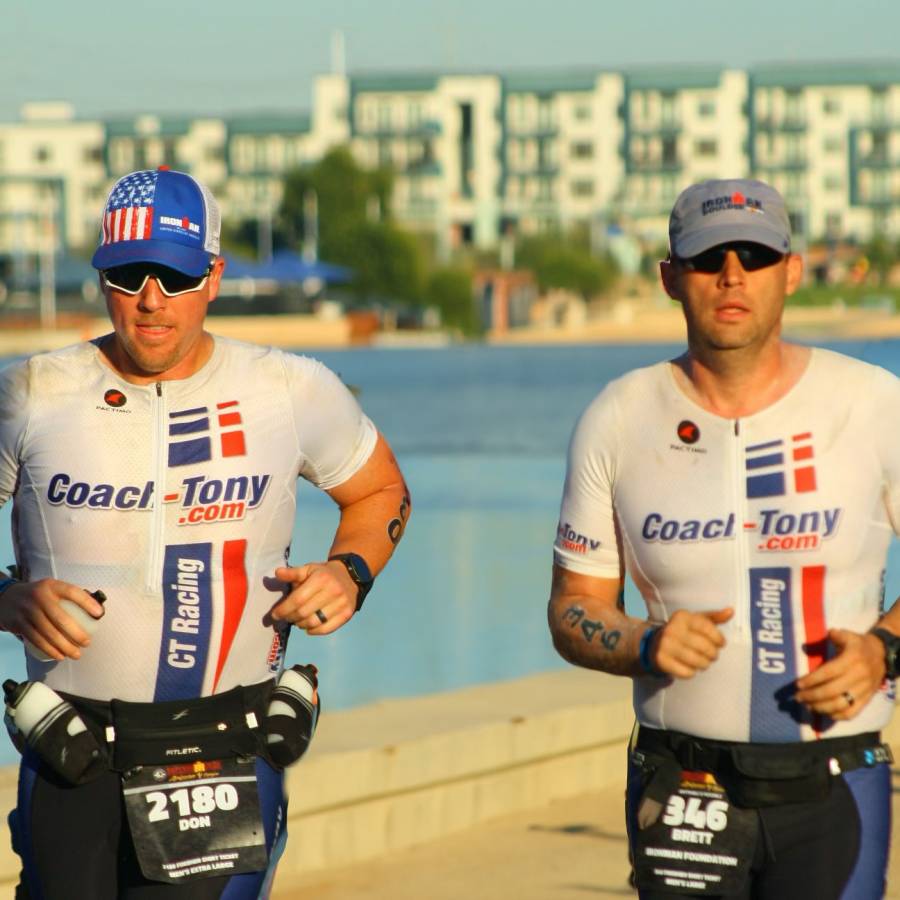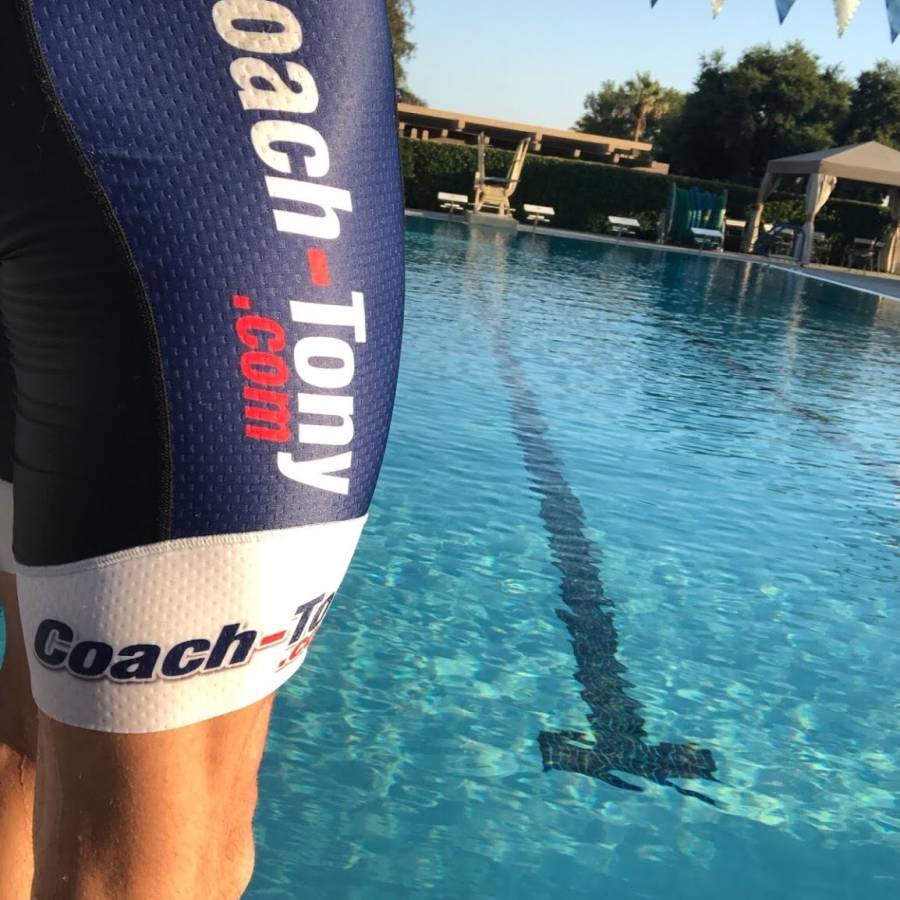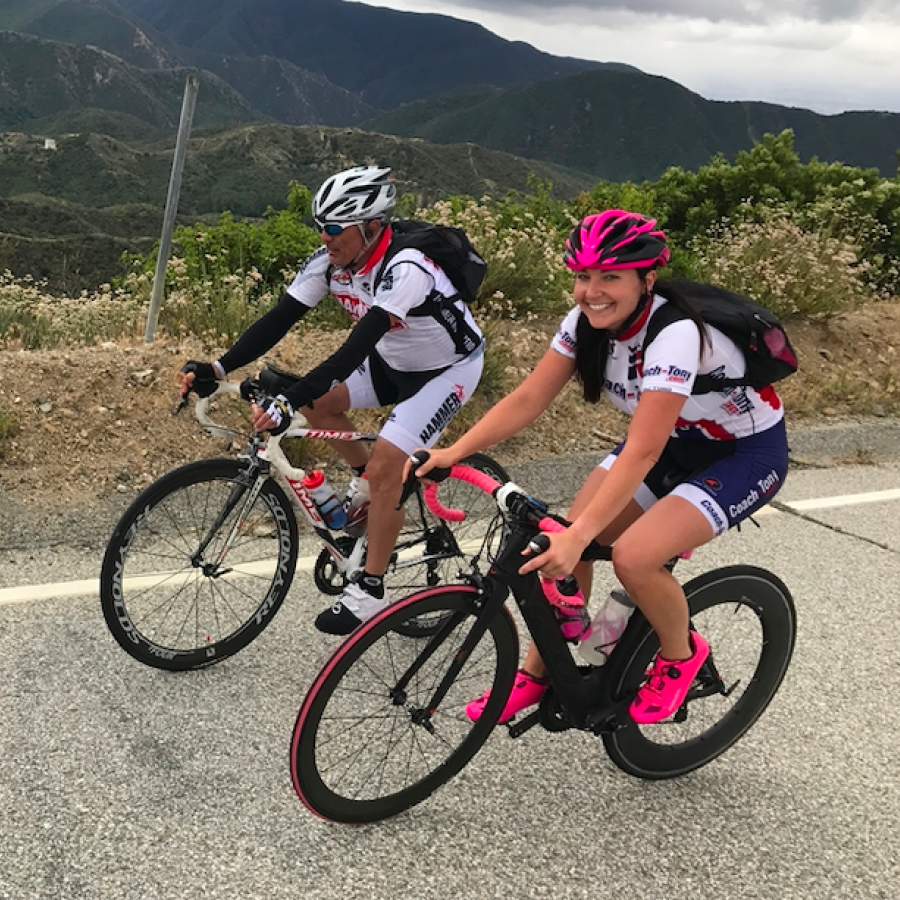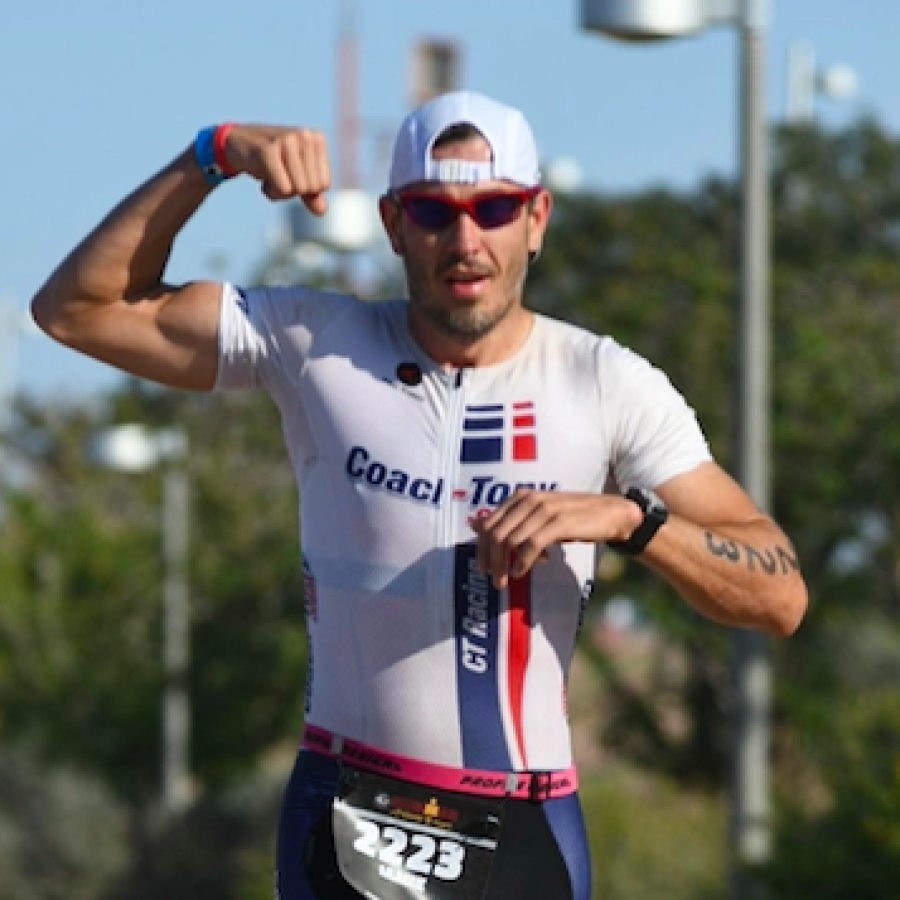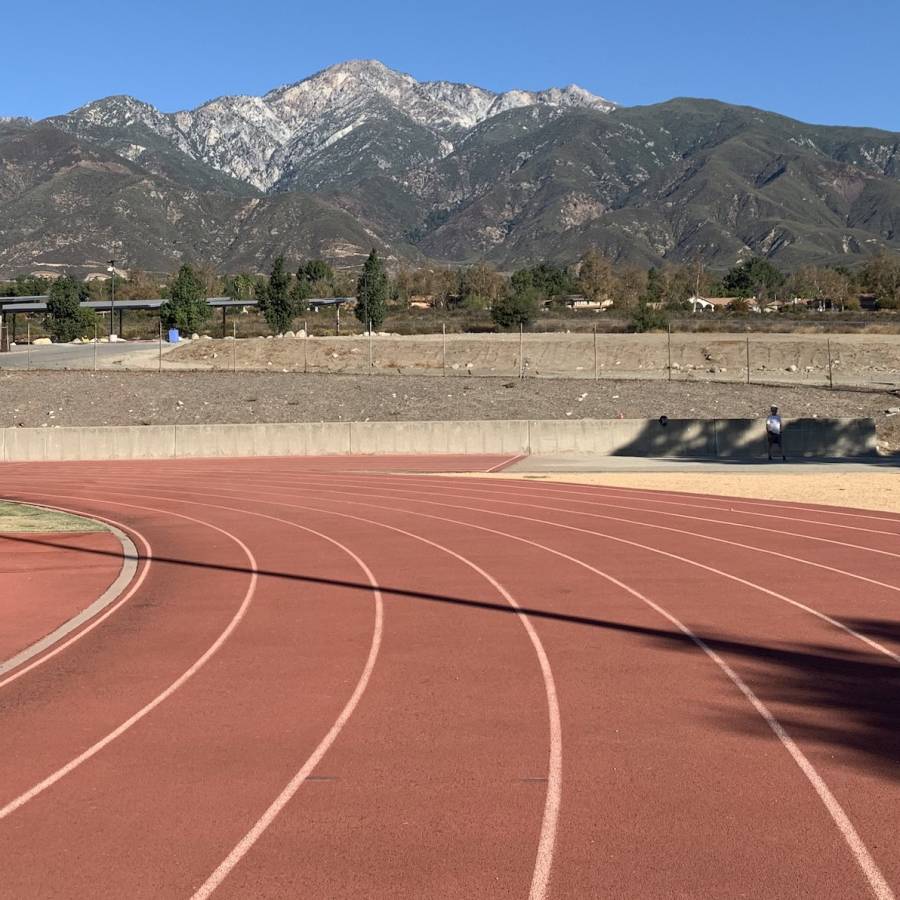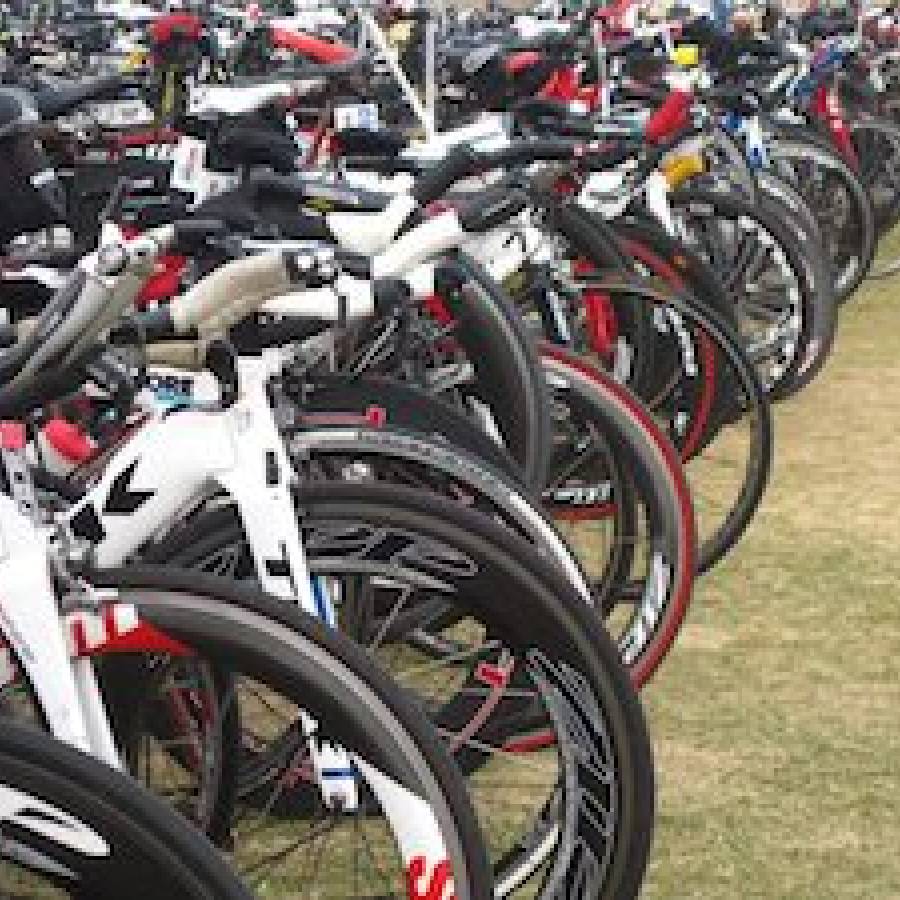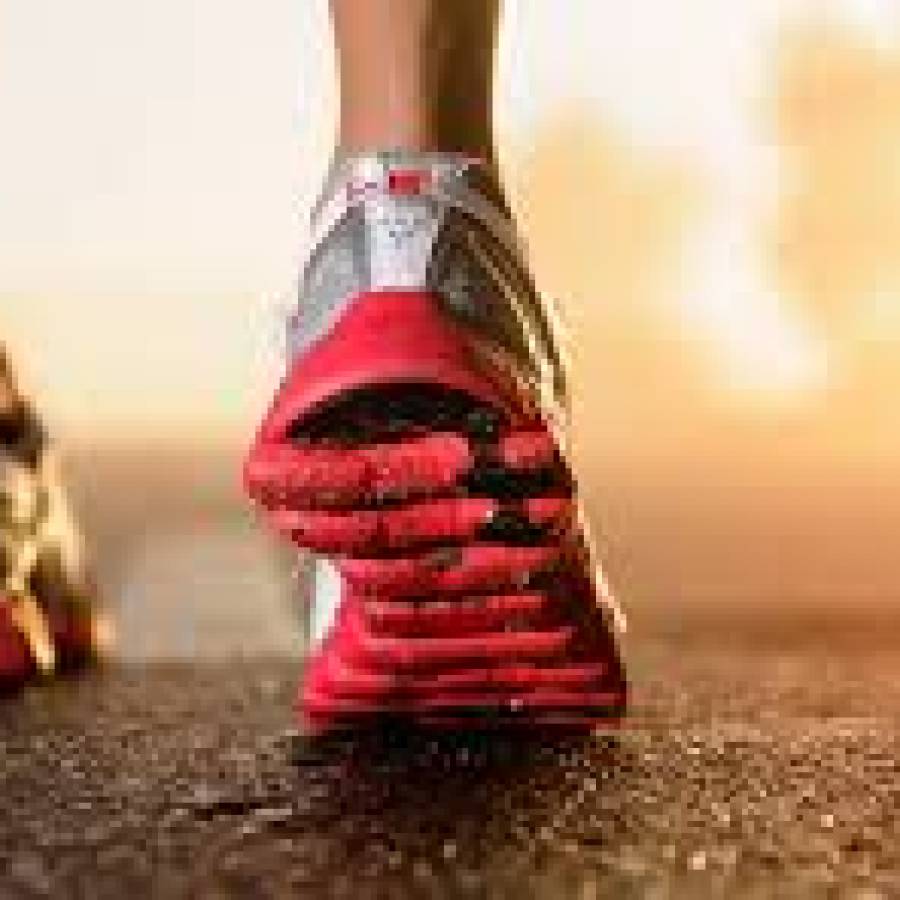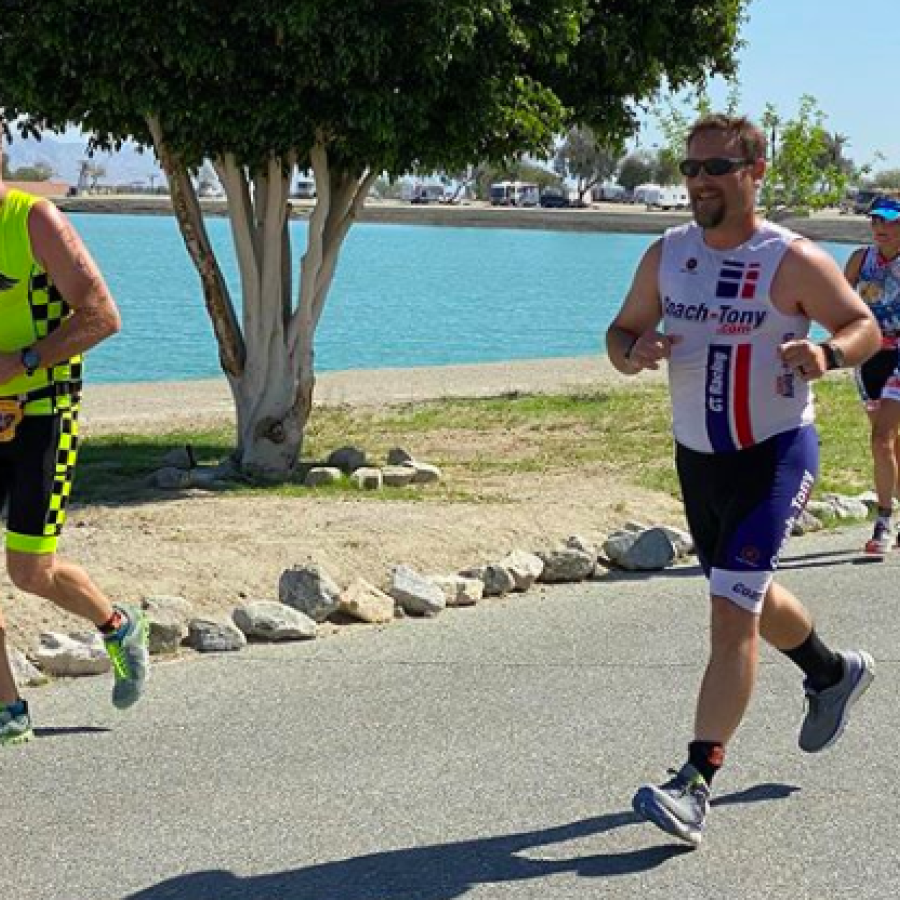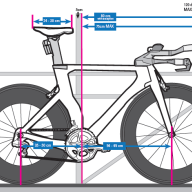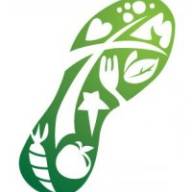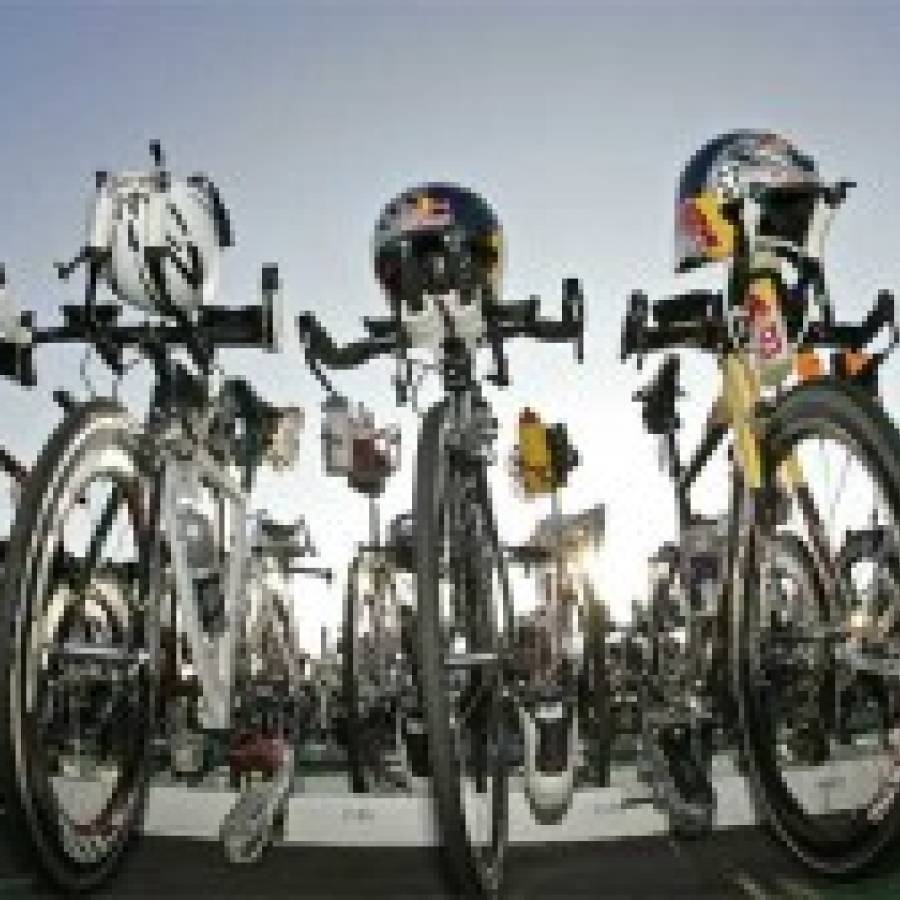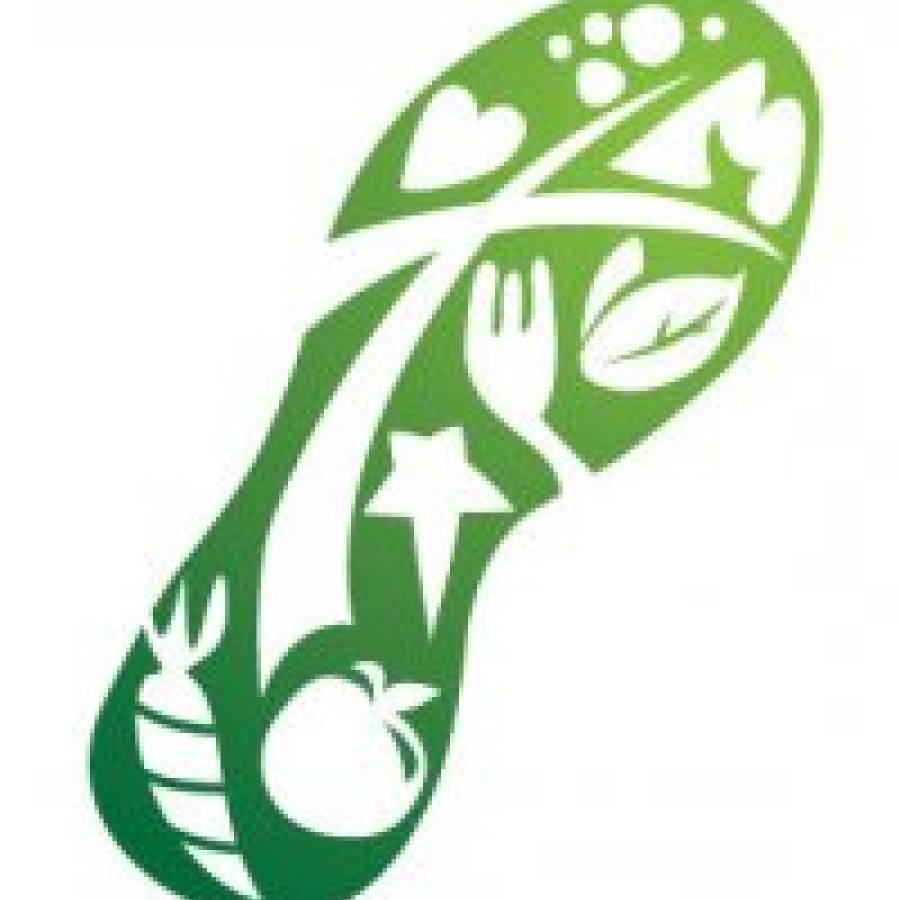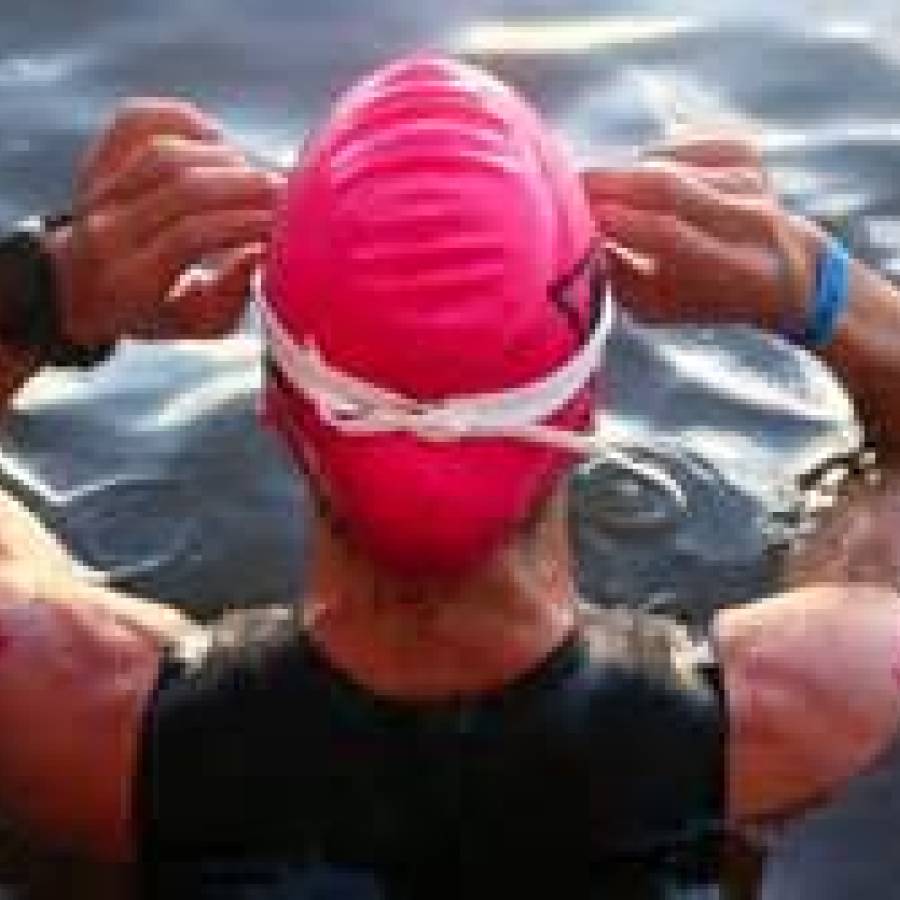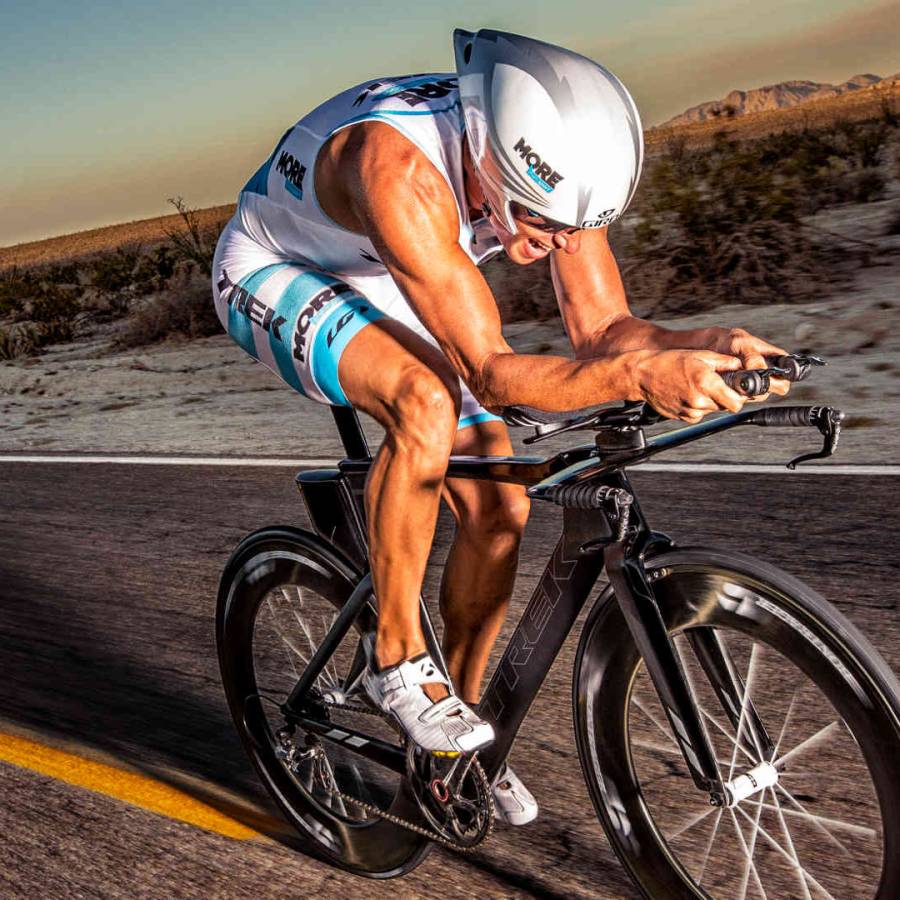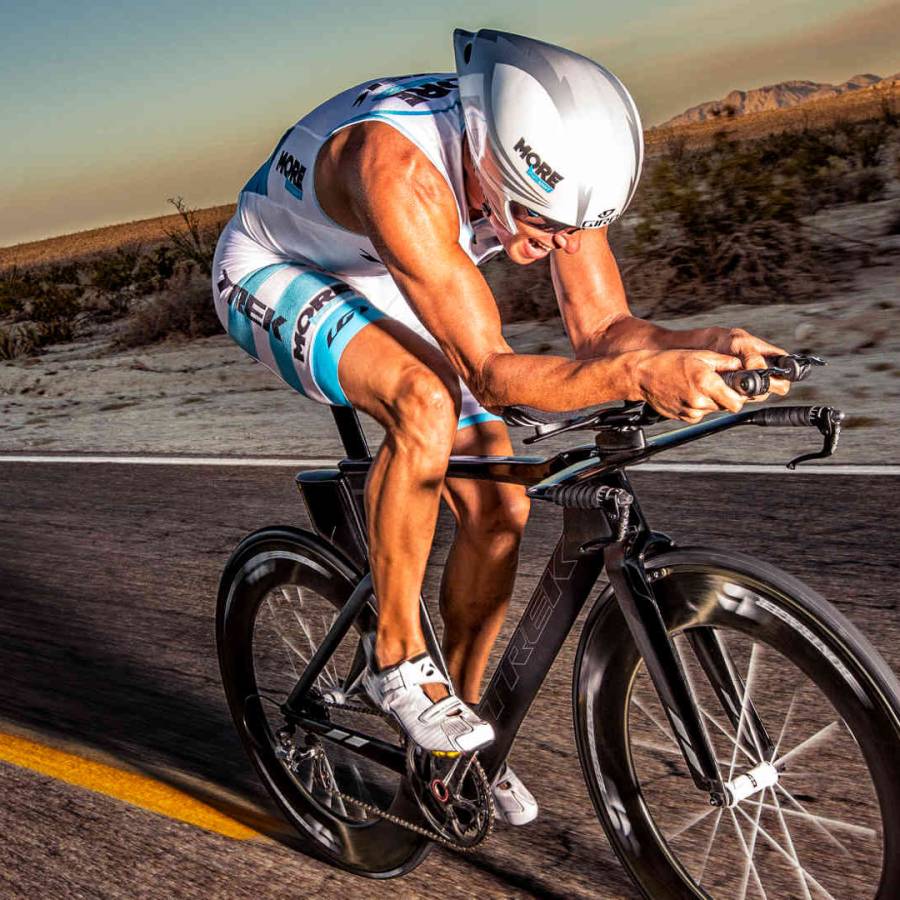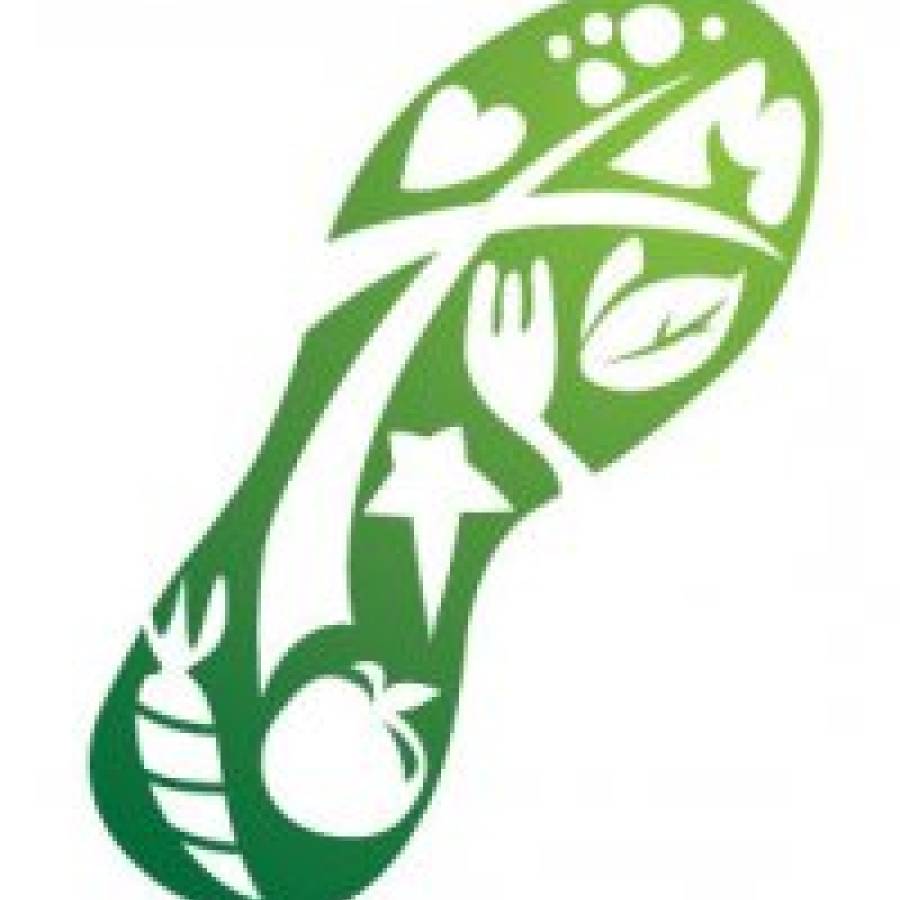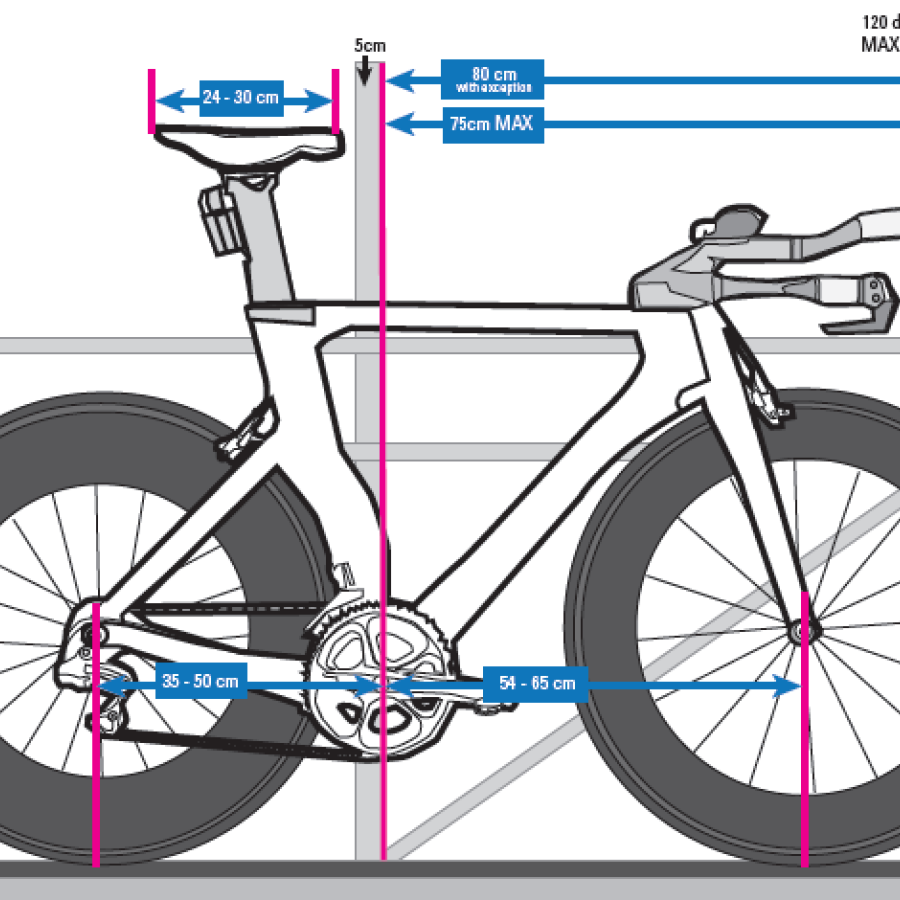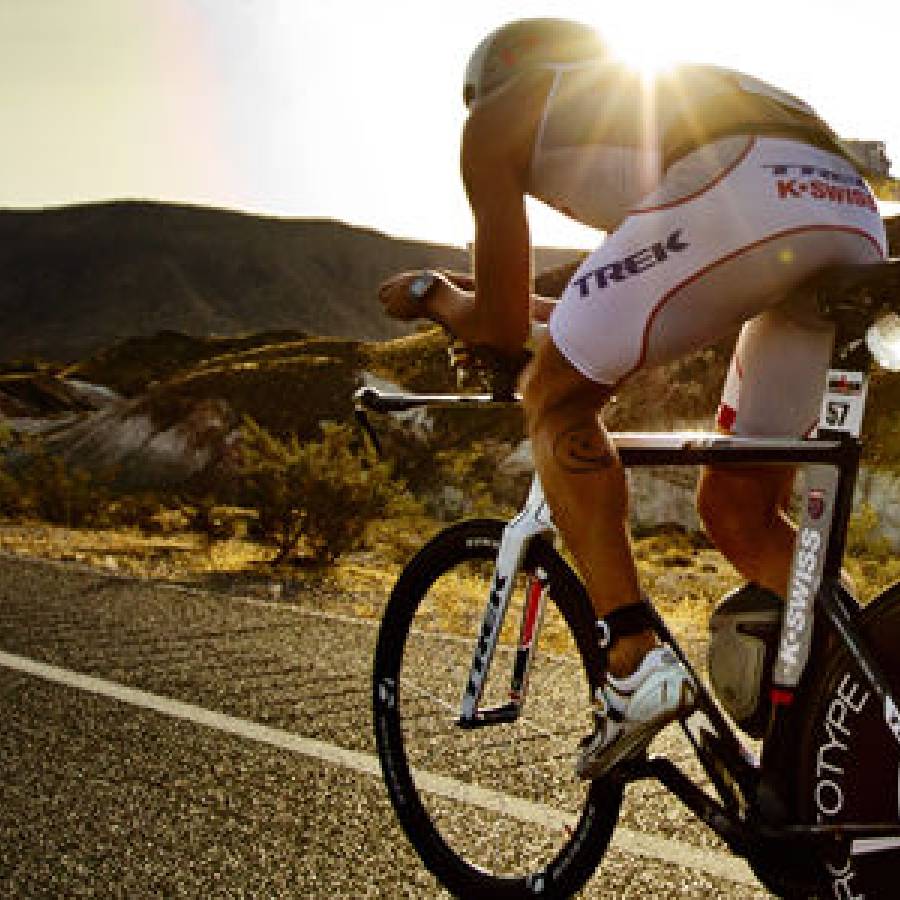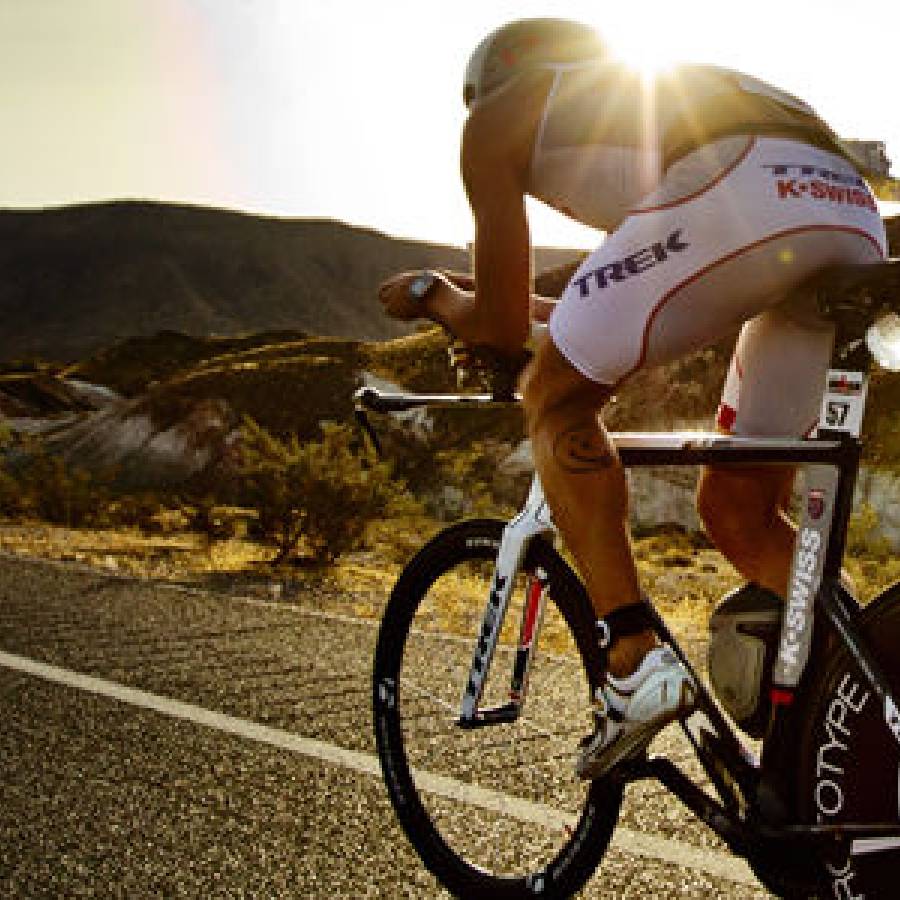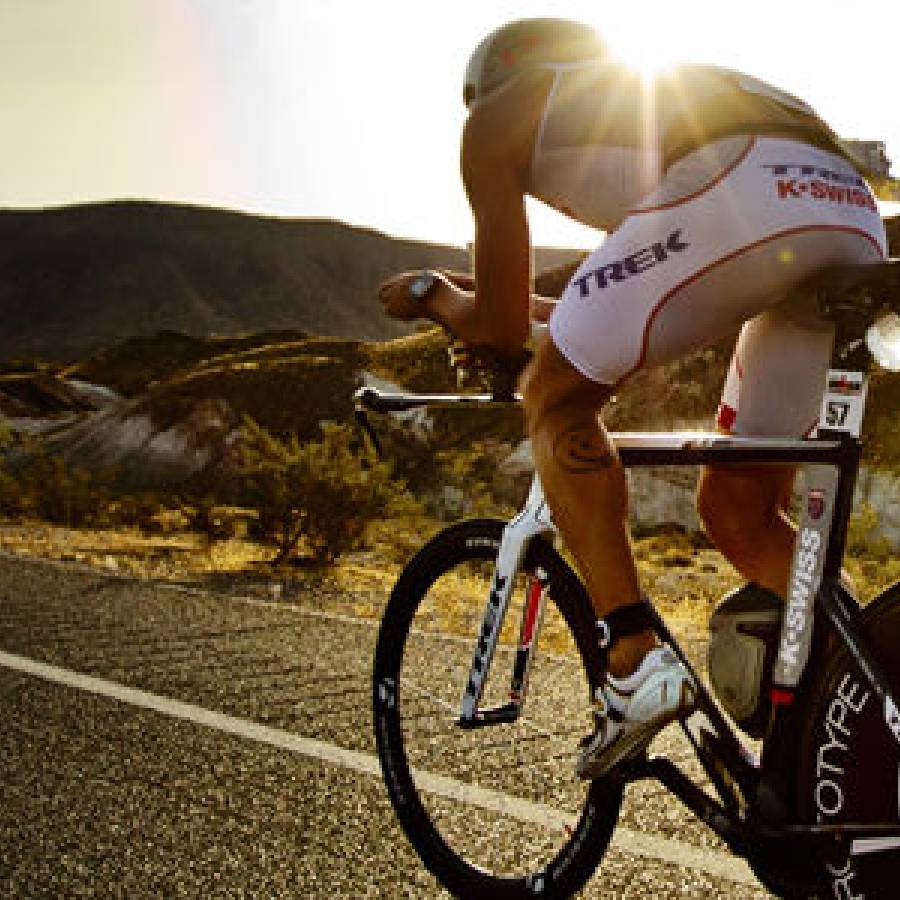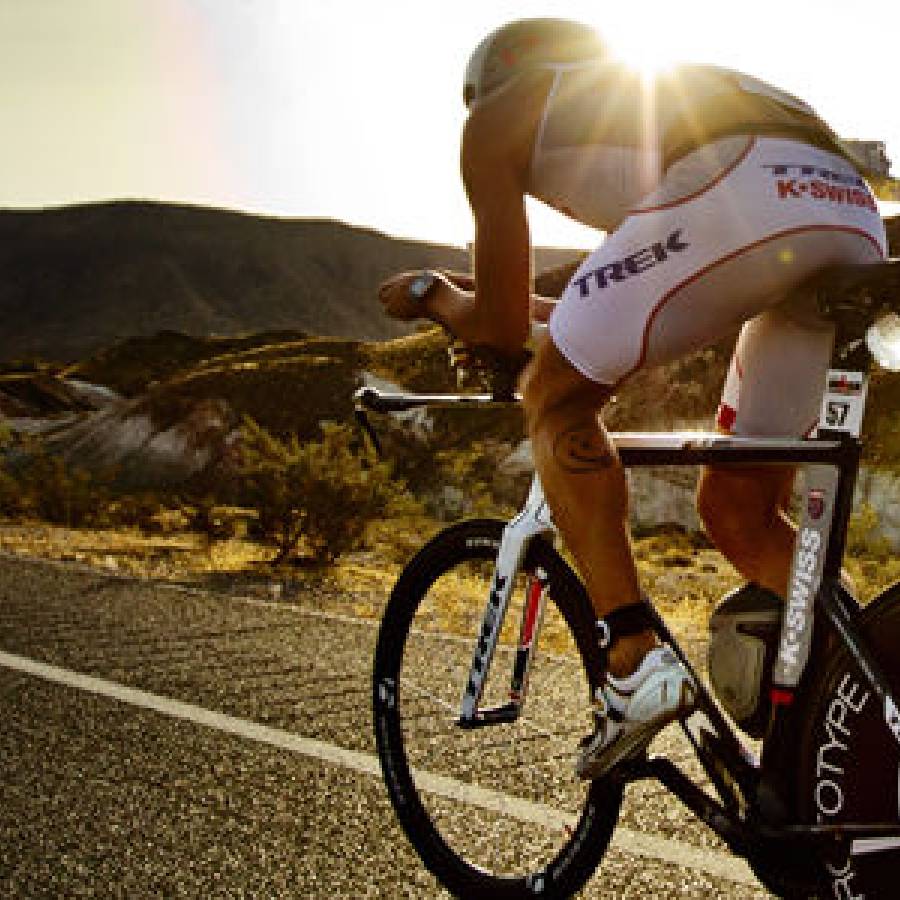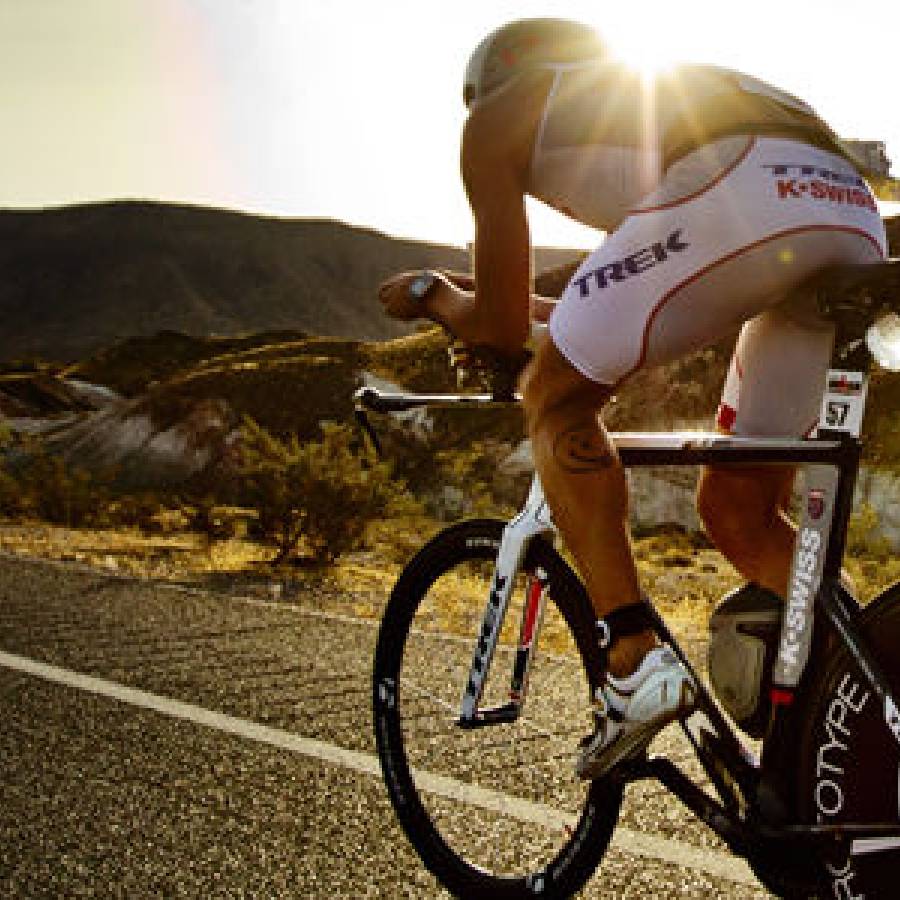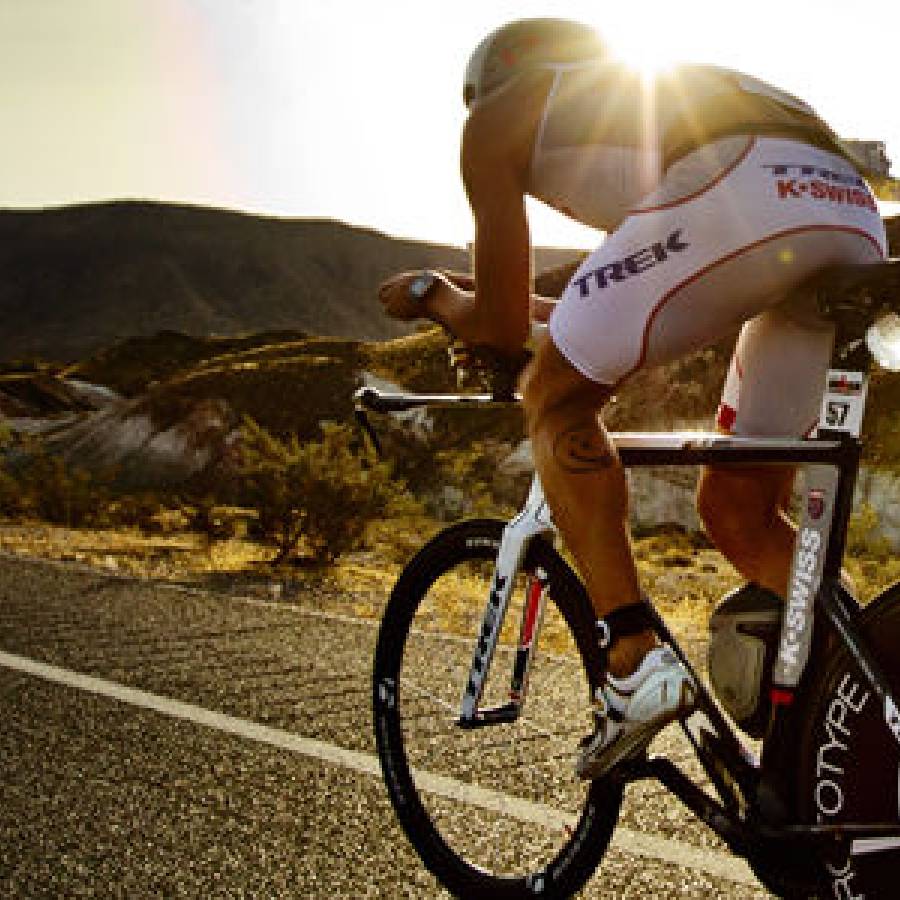
Learning to swim competitively as an adult is much like learning to speak a new language. If you don’t place yourself in an environment where you are forced to practice almost to the point of survival, successful adoption is mission difficult (but not impossible). Adults who swam as kids retain muscle memory, have better feel for the water, and have years of experience. As adults, swimming is too technical to easily identify where to begin or answer the often heard question “what should I concentrate on?" If you are learning to swim freestyle as an adult, here are a few things to should consider.
Reach:
Drive your hand forward as if you were spearing the water, deliberately, straight, and in alignment with your shoulder simultaneously rotating your body. Extend your reach until you feel a stretch in your rib cage. Your hand should be slightly lower than your elbow and elbow slightly lower than your shoulder. At full reach, your shoulders should be stacked; one on top of the other. Glide in this potion for half to a full second.
Head Position:
Keep looking straight down when swimming freestyle; nose pointed straight down, lead with the top of your head. It's important to keep your head down with only a small part of the back of your head out of the water. As you rotate, try not to move your head with the rest of your body rotation.
Pull:
At the end of the glide, fingers down, elbow out to the side, pull back using your fingers to elbow. Find the resistance not just with your hand but forarm as well and follow though. At the beginning of the pull, your hand is ahead of your elbow. As you proceed through the pull, your hand will pass your elbow. At this point follow through by pushing all the way past your thigh. The last part of the stroke before recovery (arms coming out of the water) should be an acceleration behind you, not up out of the water.
Kick:
Try minimizing your kick as you train for swimming. Most people will kick extra hard to make up for lack of balance in the water. This is usually wasted energy you can use on the bike or run. Minimizing your kick will allow you to improve your balance, as well as conserve energy. Kick to help your rotation and don’t kick any wider than your shoulders.
Training Intensity:
Mix up your workouts into three buckets; one day for drills and recovery, another day or speed and strength, and a third day for endurance. Recovery swims, typically done the day after long workout,s are great for improving forms and muscle memory through drills. Mid week swims are good for speed through interval sets and Fridays or weekend swims are where you practice the event distance without stopping.
Master's Swimming.
Join a Master’s Swim Program. If you want to learn Spanish, go to Spain. If you want to swim, go to a Masters Program. In either case, you are surrounded by what you want to learn. If you already belong to a masters team, don't feel that you always need to keep up with your lane-mates at every workout. Move to a slower lane to work on stroke improvement. Masters teams typically have many people with many different swimming goals. It's important to do your own thing! Remember that technique comes before all else and if this means swallowing a little pride to make improvements, just think of how much faster you will be for this in the long run.
Form Before Force:
Slow is smooth and smooth is fast. Proper form will make you faster than applying force. Proper form is learned by slowing down and making your form smooth. The smoother your swim form, the faster you will glide though the water.
Cross Over:
One of the most common bad habits I see in swimmers is the arm crossing over to the opposite side on the reach. Breathing on your left side results in your right arm crossing over and breathing on your left side results in your right arm crossing. This happens when you go to breathe, but sometimes it's caused just from over-rotating. To avoid this, imagine your arms on railroad tracks. Keep your left arm on the left track and the right arm on the right track. Have someone video tape your swim from the front.
Work on Your Weakness:
In the sport of triathlon, most coaches agree you should spend the most time working on your weakest of the three sports. With swimming, the same concept applies. Spend the most time working on the weakest part of your stroke. If balancing on your side is an issue, do some kicking drills on your side. If moving your head is a problem, focus on head position most of the time. Whatever it is, you will gain the most by spending your pool time improving on that weakness.



